The Future of Vehicles: A Brief Look into the Upcoming Streets
Private cars in the future

Not long from now, cars are ready to go through a significant change, reshaping our streets and rethinking our connection with transportation. As innovative progressions speed up and cultural needs shift towards support-ability and availability, the eventual fate of autos vows to be both thrilling and groundbreaking.
Perhaps the most striking pattern in ongoing cars is the shift towards electric vehicles (EVs). With the developing consciousness of natural issues and the need to decrease ozone-depleting substance discharges, EVs have arisen as a reasonable option in contrast to customary ignition motor vehicles. Significant automakers are investing vigorously in EV innovation, meaning to develop further battery effectiveness, increment driving reach, and make EVs more open to a more extensive scope of buyers.
Headways in battery innovation are at the very front of this upheaval. Organizations are creating batteries with higher energy densities, quicker charging abilities, and longer life expectancies. Strong state batteries, for instance, vow to change the EV business by offering a more prominent energy stockpiling limit and further developed well-being contrasted with current lithium-particle batteries.
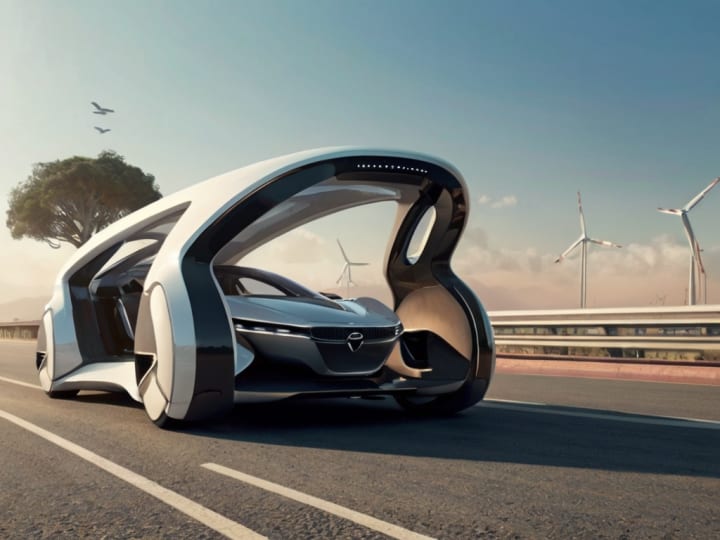
Past charge, independent driving innovation is set to rethink the driving experience. Independent vehicles (AVs) can decrease auto collisions, upgrade portability for older and debilitated people, and streamline transportation effectiveness. Organizations like Tesla, Waymo, and conventional automakers are hustling to foster completely independent frameworks equipped for exploring complex metropolitan conditions without human mediation.
Coordinating man-made reasoning (artificial intelligence) and AI calculations is urgent to the progression of independent driving innovation. These frameworks depend on huge measures of information gathered from sensors, cameras, and radar to settle on continuous choices and adjust to changing street conditions. As man-made intelligence abilities keep on advancing, AVs are supposed to become more secure and more dependable, at last acquiring far and wide acknowledgment and reception.
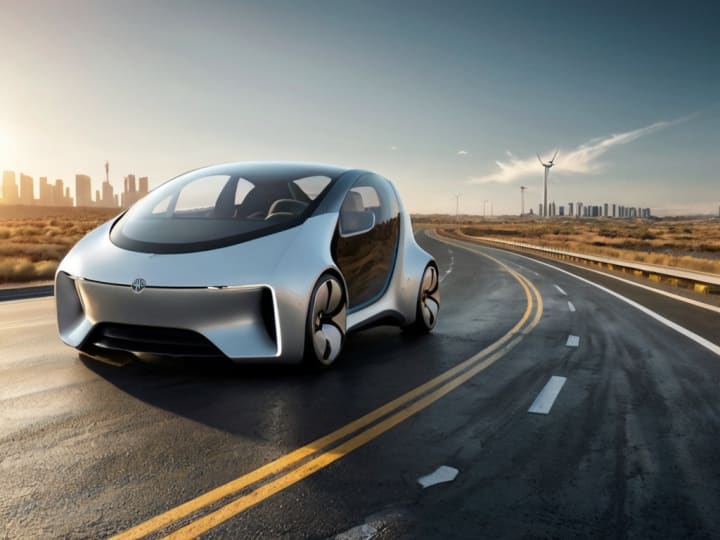
The network is another key pattern forming the eventual fate of vehicles. The idea of the "associated vehicle" goes past simple route and theater setups; it incorporates vehicle-to-vehicle (V2V) correspondence, vehicle-to-foundation (V2I) correspondence, and even vehicle-to-everything (V2X) correspondence. Associated vehicles can speak with one another and with savvy city foundations to streamline traffic streams, decrease clogs, and work on by and large security.
Notwithstanding the network, the eventual fate of vehicles is probably going to see a shift toward shared portability administrations. The ascent of ridesharing stages like Uber and Lyft has proactively changed metropolitan transportation, and independent vehicles are supposed to additionally speed up this pattern. Shared AV armadas could diminish the number of exclusive vehicles out and about, prompting less blockage, lower discharges, and more proficient utilization of metropolitan space.
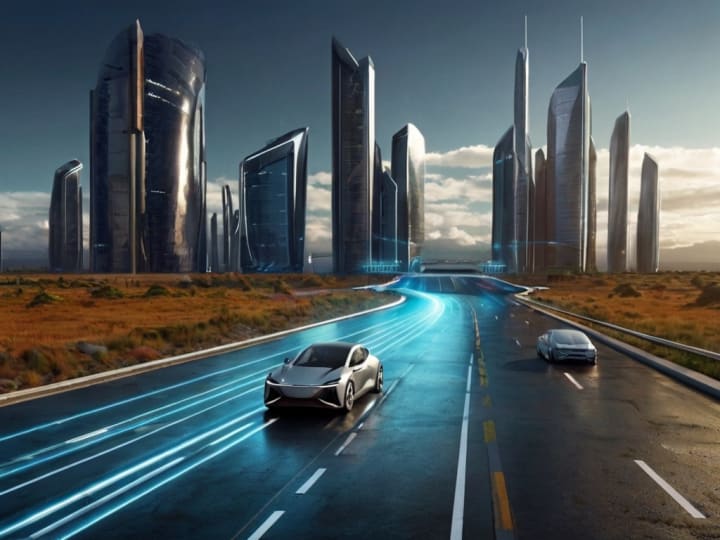
Besides, the idea of versatility as a help (MaaS) is getting some forward momentum, offering shoppers the comfort of on-request transportation without the weight of possession. MaaS stages incorporate different methods of transportation, including AVs, public travel, bikes, and bikes, into consistent, interconnected networks open using cell phone applications.
As the car business advances, so too will the plan and materials utilized in vehicle production. Lightweight materials, for example, carbon fiber, aluminum combinations, and high-level composites are progressively being utilized to further develop eco-friendliness and broaden driving reach in EVs. In the meantime, 3D printing innovation is altering the creation cycle, considering more noteworthy customization and quicker prototyping of vehicle parts.
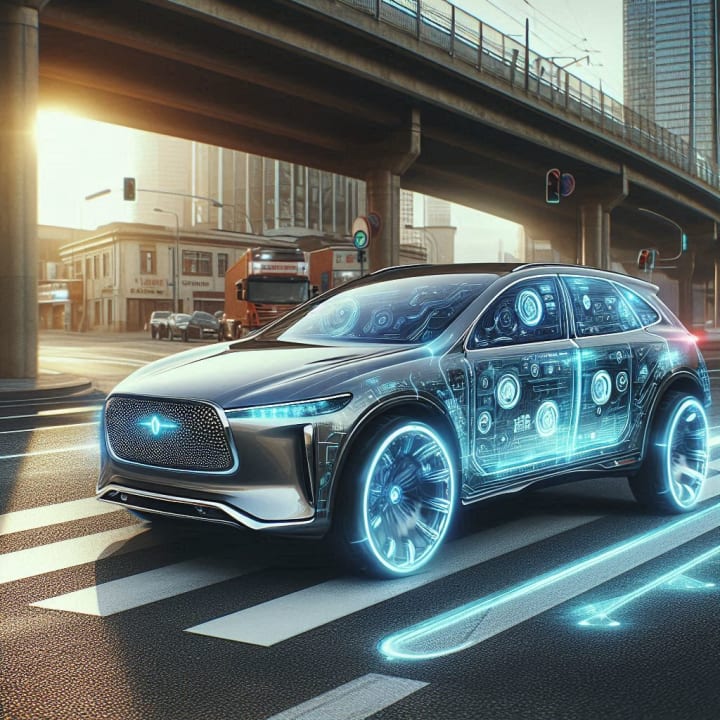
The eventual fate of cars is likewise prone to be formed by administrative and cultural changes. State-run administrations all over the planet are executing stricter discharge guidelines and offering motivations to advance the reception of EVs and AVs. In the meantime, purchasers are turning out to be all the more ecologically cognizant and educated, requesting vehicles that are productive and protected as well as associated and maintainable.
Looking forward, the eventual fate of autos holds enormous commitment and potential. From electric and independent vehicles to associated vehicles and shared versatility benefits, the auto scene is going through a once-in-a-age change. As innovation proceeds to progress and cultural needs develop, the upcoming streets are set to be more secure, more intelligent, and more feasible than at any other time in recent memory. The excursion towards this future is as of now in progress - and the conceivable outcomes are genuinely boundless.
About the Creator
Golam Kibria
I'm Golam Kibria, a freelance writer with a flair for storytelling. I help businesses craft website content, blog posts, and marketing materials that resonate with readers on an emotional level.
Enjoyed the story? Support the Creator.
Subscribe for free to receive all their stories in your feed. You could also pledge your support or give them a one-off tip, letting them know you appreciate their work.


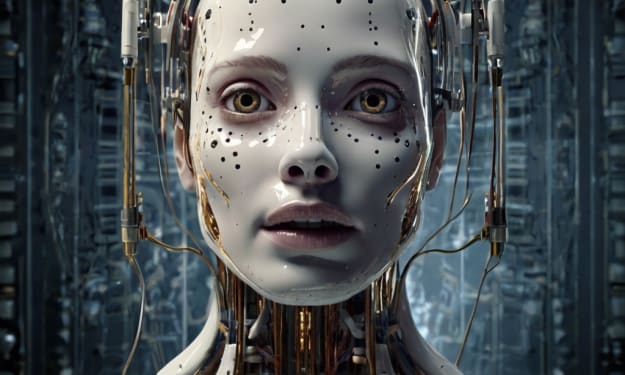



Comments
There are no comments for this story
Be the first to respond and start the conversation.